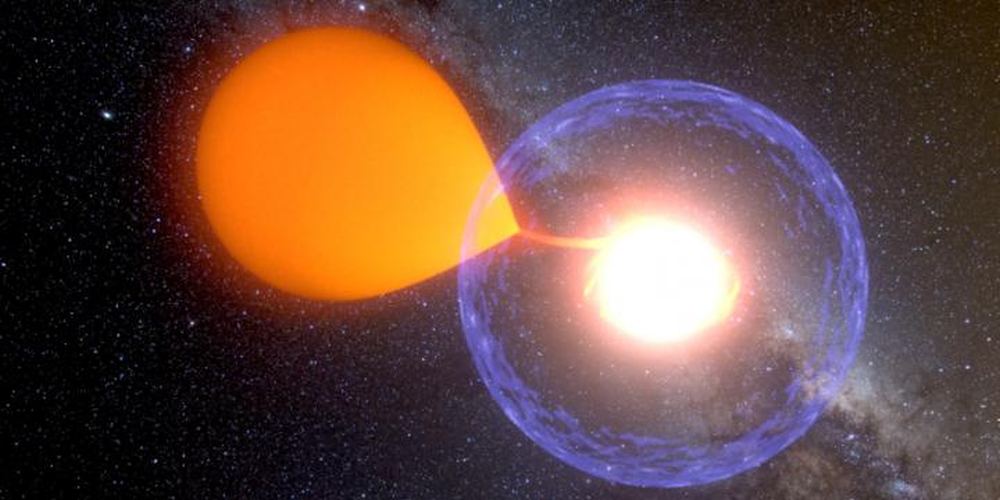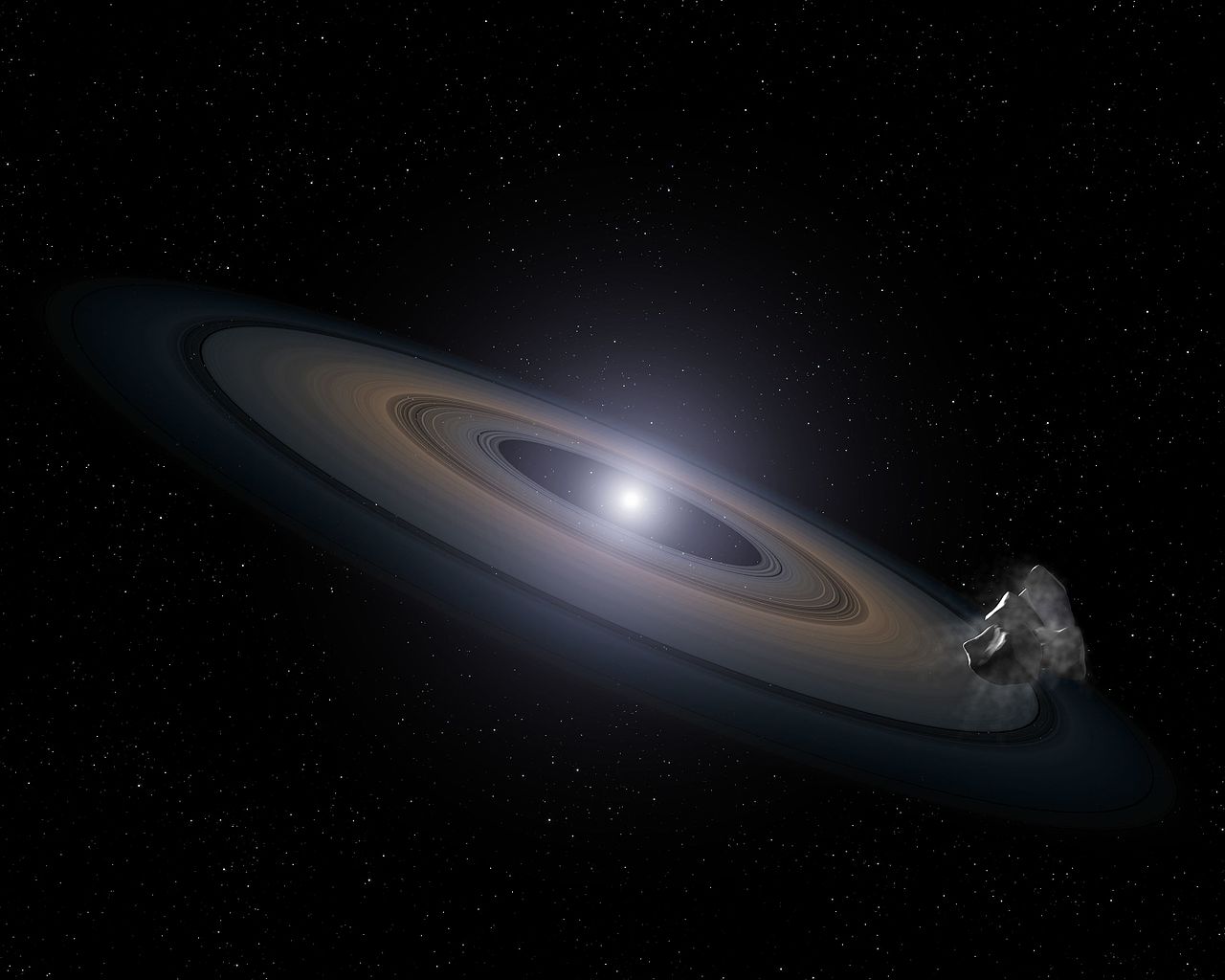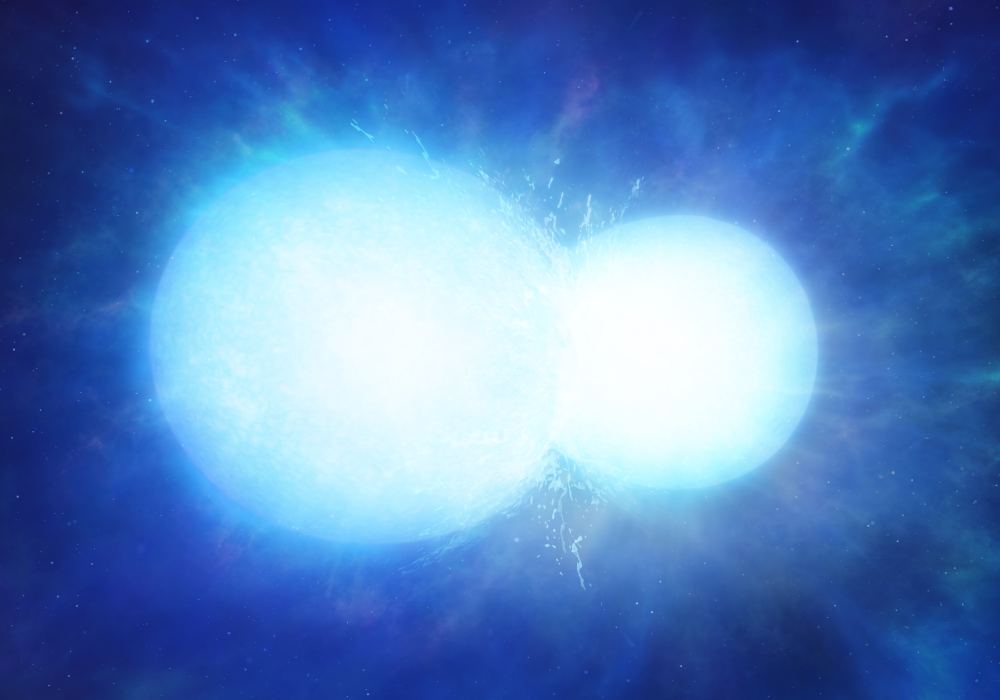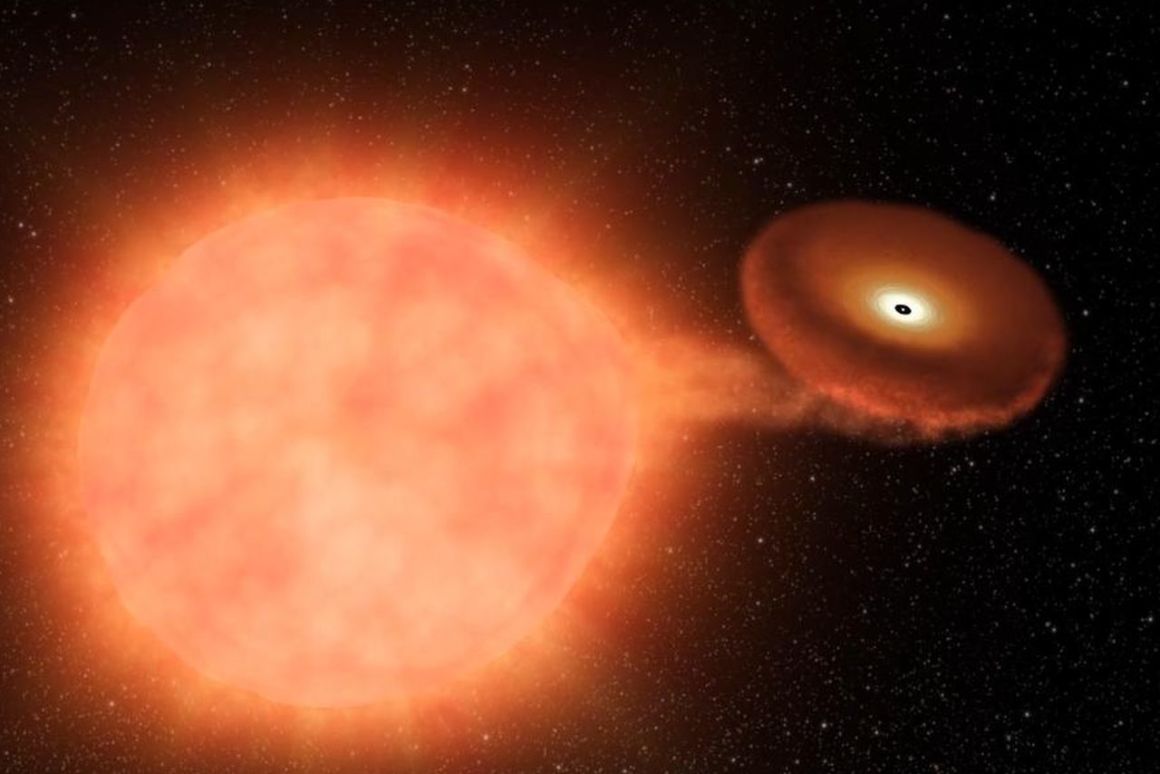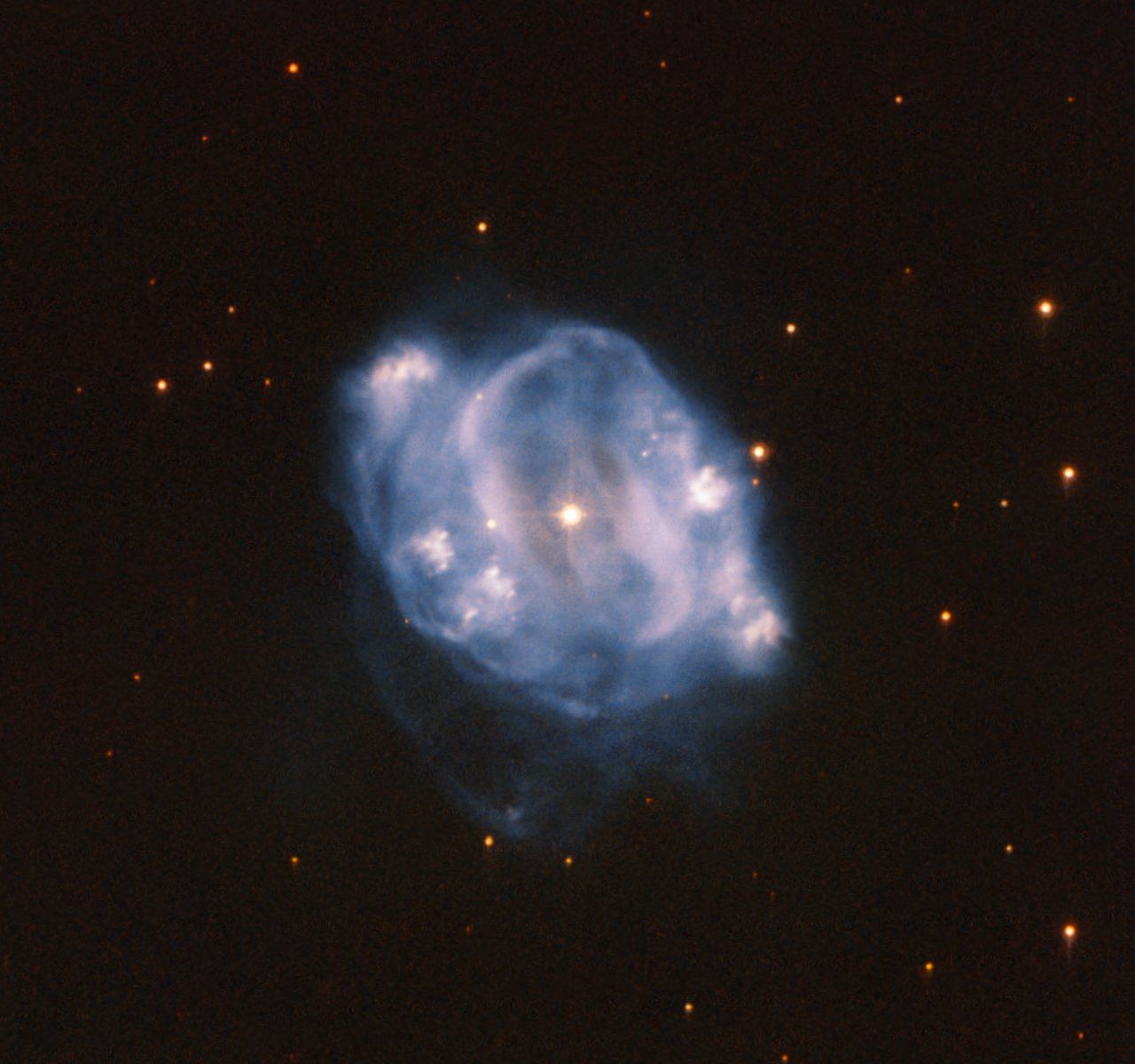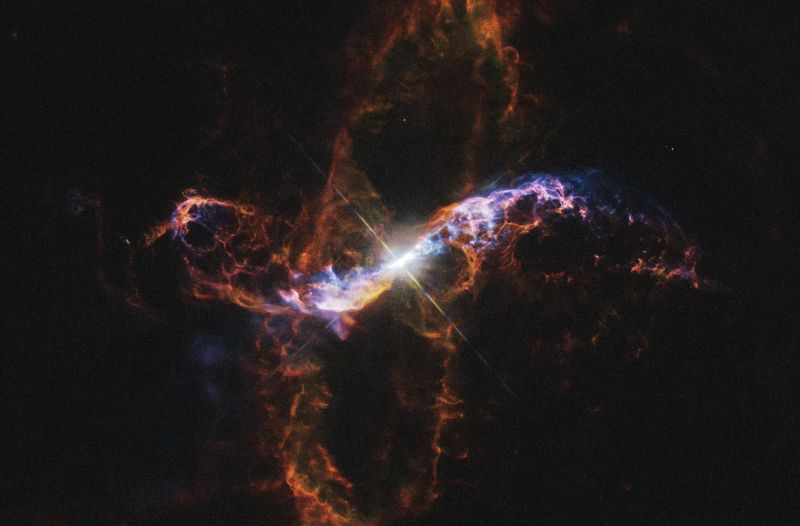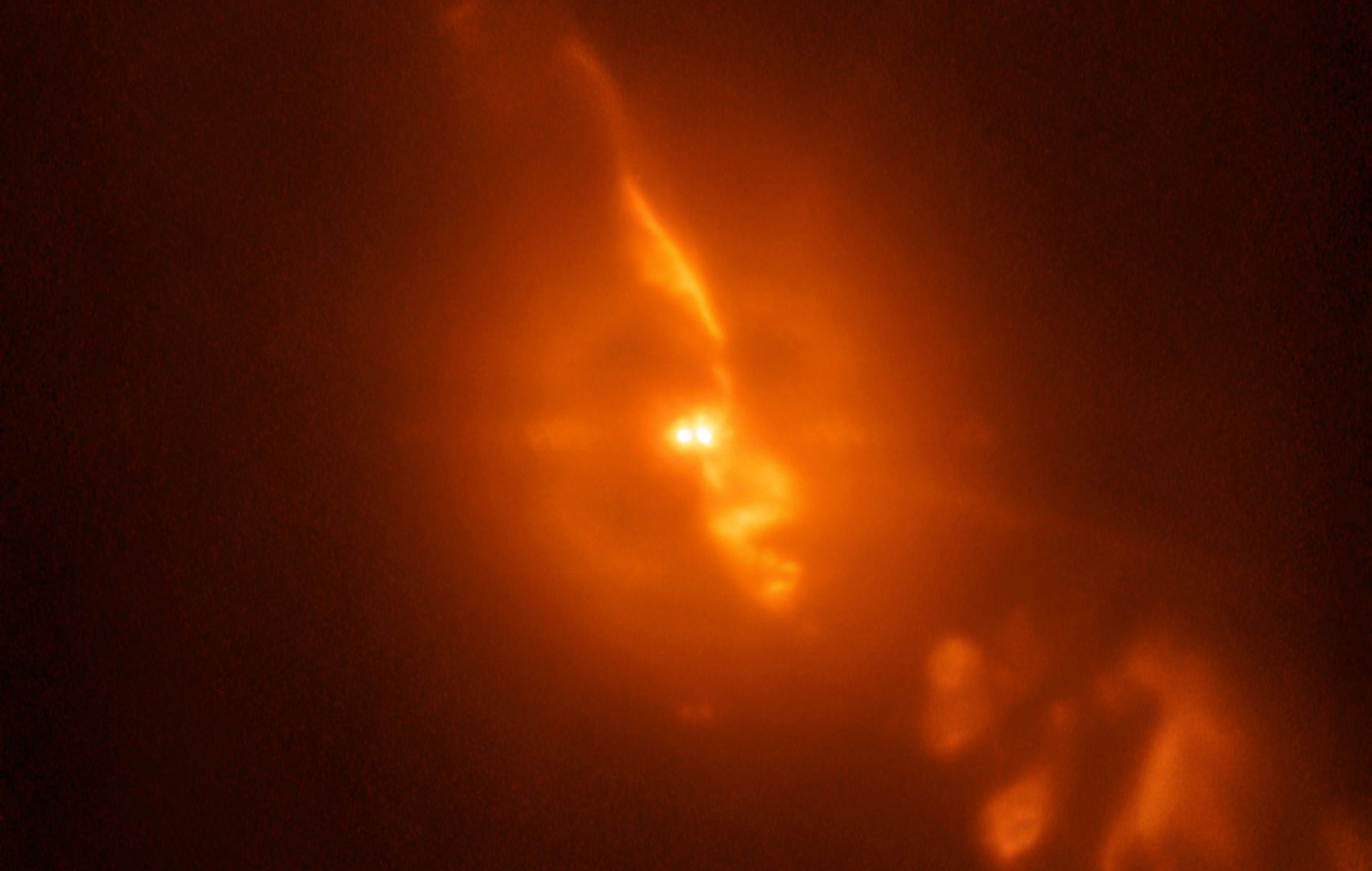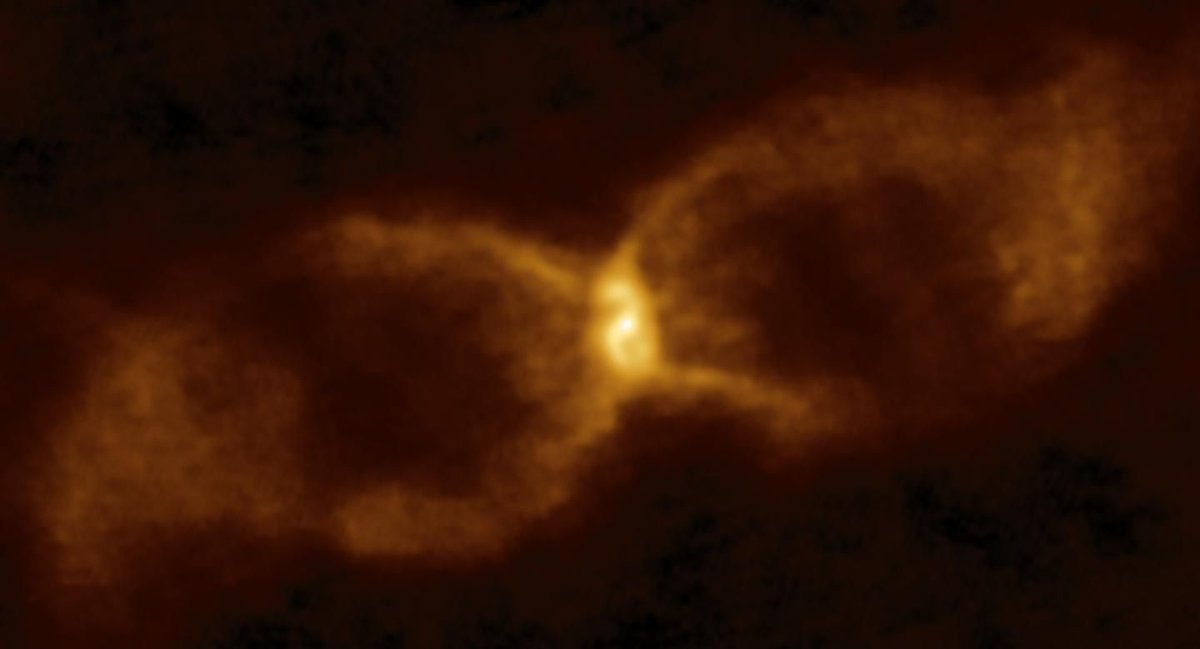In their nuclear hearts, stars fuse elements heavier than hydrogen, creating the ingredients necessary to make planets, oceans, and people. Tracing the origins of individual elements in the Milky Way has been a challenge, but a new analysis of white dwarf stars reveals that they may be responsible for one of the most essential elements of all: carbon.
Continue reading “White dwarfs are a big source of carbon in the Universe”White dwarfs are a big source of carbon in the Universe


